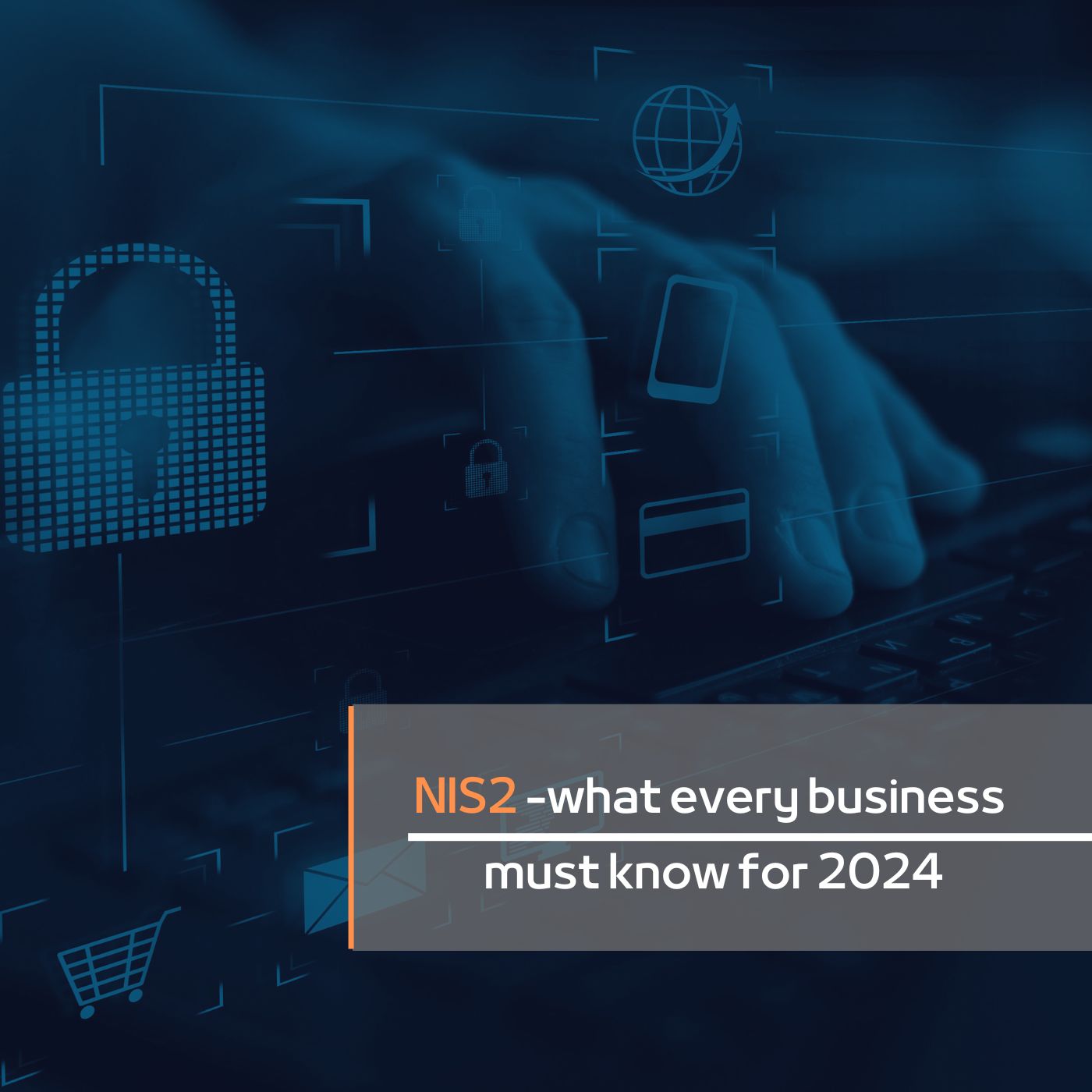Cybersecurity has become a cornerstone of today’s digitized world, particularly for critical organizations. In light of this, the European Union is introducing NIS2, which will come into effect in 2024, to bolster the protection of these vital services. But what does NIS2 mean for your organization, and why is it relevant?
The digital revolution and its security challenges
IoT (Internet of Things) and digitalization have revolutionized numerous industries. From remotely monitored manufacturing processes to smart cities that adapt to citizens’ real-time needs, IoT and digitalization enable more efficient and adaptable solutions. However, with these advancements come challenges, especially concerning security.
In the shadow of these risks, the EU has introduced NIS2, a directive designed to fortify our cyber defences and address these threats. This is where the NIS2 regulation comes into play.
Understanding NIS2
NIS2, or the “Network and Information Systems Directive 2,” represents the latest update to the previous NIS directive. With increased digitalization and a growing threat landscape from cyberattacks, NIS2 aims to ensure a consistently high level of information security within the EU. The directive encompasses various sectors, including energy, financial services, healthcare, and transportation. Towards the end of this article, you’ll find a more comprehensive list of affected industries and how they are impacted.
Starting January 16, 2023, EU member states have 21 months to incorporate NIS2 into their national legislation. These new rules will take effect on October 18, 2024, when the previous NIS directive expires.
Key requirements of NIS2
The directive imposes stringent requirements on affected organizations, including:
- Tighter Security Standards: Both suppliers and the entire supply chain must adhere to stricter security requirements.
- Increased Incident Reporting: Organizations will face heightened reporting requirements in the event of incidents.
- Enhanced Cybersecurity Measures: Measures against cyber threats will be reinforced.
- New Risk Assessment Requirements: Organizations must conduct comprehensive risk assessments.
Failure to meet these standards can result in significant fines, and even individuals in leadership roles may be held personally accountable if the legislation is not followed.
The deeper significance of NIS2
When we delve into the specifics of the NIS2 directive, we see its focus on strengthening the overall cyber defence of the EU. It addresses the most critical systems and infrastructure crucial to member states’ security and well-being. The directive ensures that vital sectors are protected against all potential threats.
NIS2 underscores the importance of collaboration among EU countries. By sharing information and resources, we can stand united against cyber threats. NIS2 entails increased accountability in terms of security protocols and how organizations report and communicate potential threats and incidents. Organizations will need to be transparent in handling security incidents, which can significantly impact trust between businesses and their customers.
Implications for organizations
This directive marks a new era where digital security is seen as a technical challenge and a strategic priority for all of Europe. It will require organizations to rethink how they approach digital security, from top management to individual employees.
What does this mean in practical terms for organizations? Firstly, there will be stricter reporting requirements. Organizations will need systems in place to swiftly identify and report security incidents. This will necessitate investments in technology, staff training and changes in corporate culture.
Furthermore, as mentioned earlier, there will be greater expectations for organizations to collaborate. The NIS2 directive encourages greater cooperation across sectors and borders. This may involve sharing information about threats, best practices, and other resources.
Cyber resilience
We’ve previously discussed the Cyber Resilience Act (CRA). In recent years, we’ve witnessed an increase in large-scale cyberattacks that have caused service disruptions and damaged trust in digital systems. NIS2 requires organizations to build robust systems to withstand and recover from these attacks. This will require investments in technology and establishing internal procedures that prioritize security.
Every organization will encounter issues related to the NIS2 directive. It’s crucial to understand the new requirements and also see the opportunities. Investing in robust security systems, fostering collaboration, and prioritizing resilience ensures that your organization survives and thrives in this new digital era.
In a time when cyberattacks are becoming increasingly sophisticated and damaging, NIS2 marks a new era of preparedness, resilience, and collaboration.
Classification in NIS2
NIS2 regulation distinguishes between “essential entities” and “important entities.” The primary distinction is that “important entities” face less severe financial penalties and are subject to reactive regulatory oversight, while “essential entities” are subject to proactive oversight by authorities.

